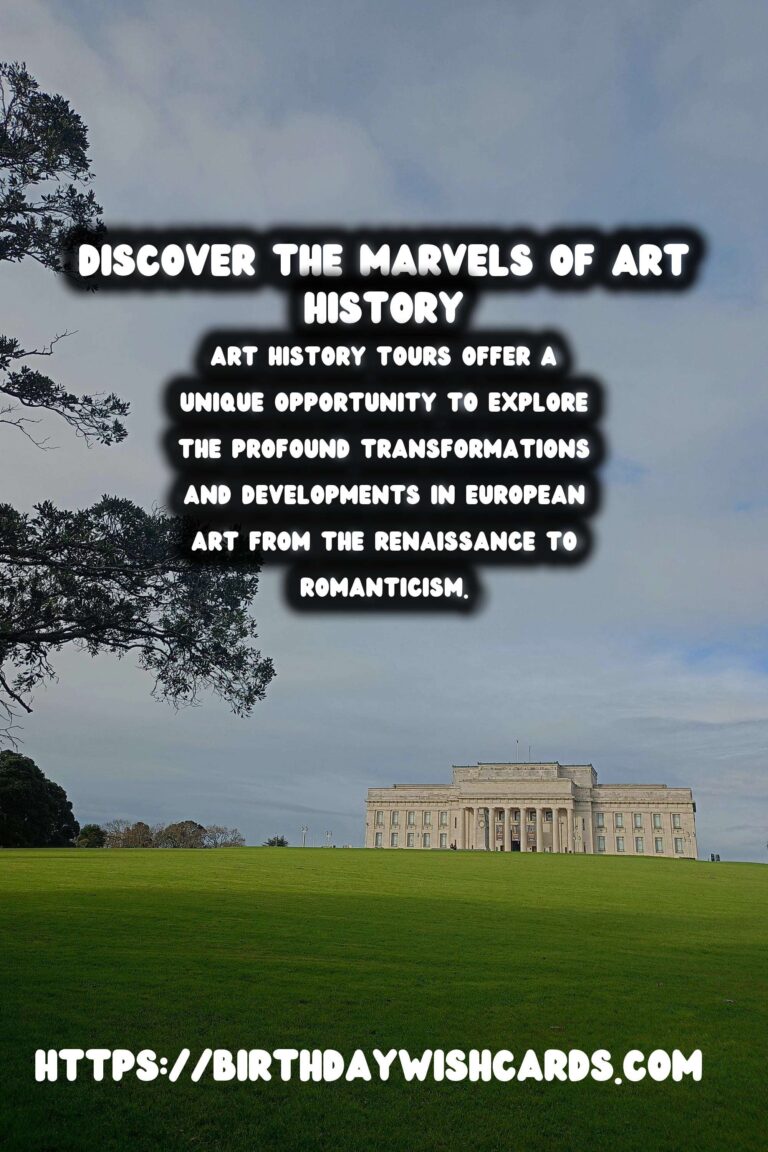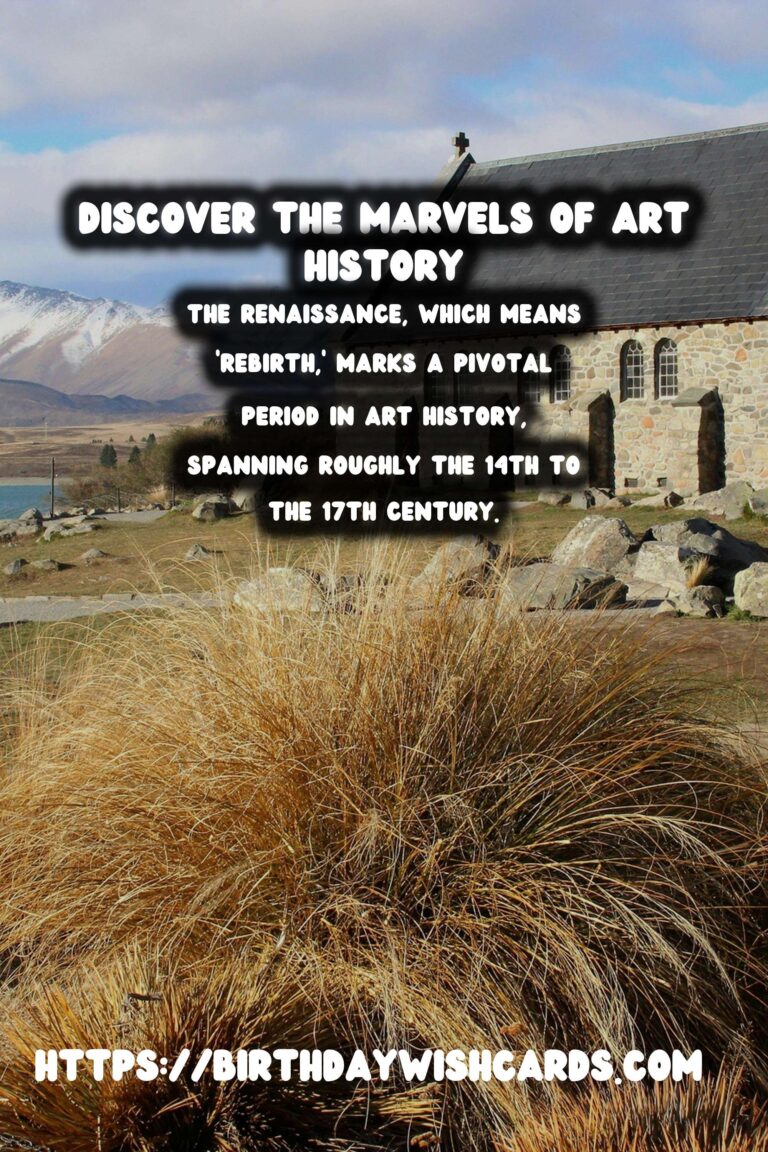
Art history tours offer a unique opportunity to explore the profound transformations and developments in European art from the Renaissance to Romanticism. This journey through time allows art enthusiasts to witness how artistic expressions evolved, reflecting the cultural, political, and social changes of each era.
The Dawn of the Renaissance
The Renaissance, which means ‘rebirth,’ marks a pivotal period in art history, spanning roughly the 14th to the 17th century. Emerging in Italy, it signified a renewed interest in classical antiquity and humanism. Artists like Leonardo da Vinci, Michelangelo, and Raphael revolutionized art by focusing on realism, perspective, and human emotion.
Visitors can explore the art of this era in cities like Florence, where the Uffizi Gallery houses masterpieces like Botticelli’s ‘The Birth of Venus’ and da Vinci’s ‘Annunciation.’
The Baroque Period: A Play of Light and Shadow
Following the Renaissance, the Baroque era emerged in the late 16th century, characterized by dramatic expressions, grandeur, and movement. Caravaggio and Bernini were among the artists who created works that played with light and shadow, drawing viewers into dynamic compositions filled with emotion and tension.
Exhibitions in Rome and Madrid offer art lovers a chance to see Baroque masterpieces such as Caravaggio’s intense canvases and Bernini’s sculptures that seem to breathe life.
Enlightenment and Neoclassicism
As Europe entered the 18th century, the Enlightenment prompted a turn towards reason and classical ideals, giving birth to Neoclassicism. Artists like Jacques-Louis David drew inspiration from ancient Greece and Rome, emphasizing harmony, clarity, and order in their works.
Parisian museums provide access to works from this age, including David’s ‘The Death of Socrates,’ showcasing art’s return to classical purity.
Romanticism: Embracing Emotion
By the late 18th and early 19th centuries, Romanticism emerged in reaction to the rationalism of the Enlightenment. This movement celebrated emotion, nature, and individualism. Artists like Caspar David Friedrich and J.M.W. Turner created evocative landscapes and dramatic scenes that spoke to the viewer’s inner experiences.
The lush landscape paintings and emotive scenes can be found in museums across Europe, from the Tate Gallery in London to the Louvre in Paris.
Experiencing Art Across Continents
Art history tours are not confined to Europe. Many American museums house invaluable collections of European art, providing access to these transformative pieces without international travel. The Metropolitan Museum of Art in New York, for example, offers a comprehensive journey through centuries of art evolution.
Conclusion: A Journey Through Time
Whether you’re walking through the cobblestone streets of Florence or the echoing halls of the Louvre, art history tours offer an immersive experience through eras that shaped the cultural fabric of society. Each artwork tells a story, waiting to be uncovered by those curious enough to listen.
These tours not only enrich our understanding of history but also provide a deeper appreciation for the creativity and innovation that have fueled human expression across centuries.
Embark on an art history tour to witness the evolution of art and see firsthand how artists from the Renaissance to Romanticism have influenced the world we know today.
Art history tours offer a unique opportunity to explore the profound transformations and developments in European art from the Renaissance to Romanticism. The Renaissance, which means ‘rebirth,’ marks a pivotal period in art history, spanning roughly the 14th to the 17th century.
#ArtHistory #RenaissanceToRomanticism

